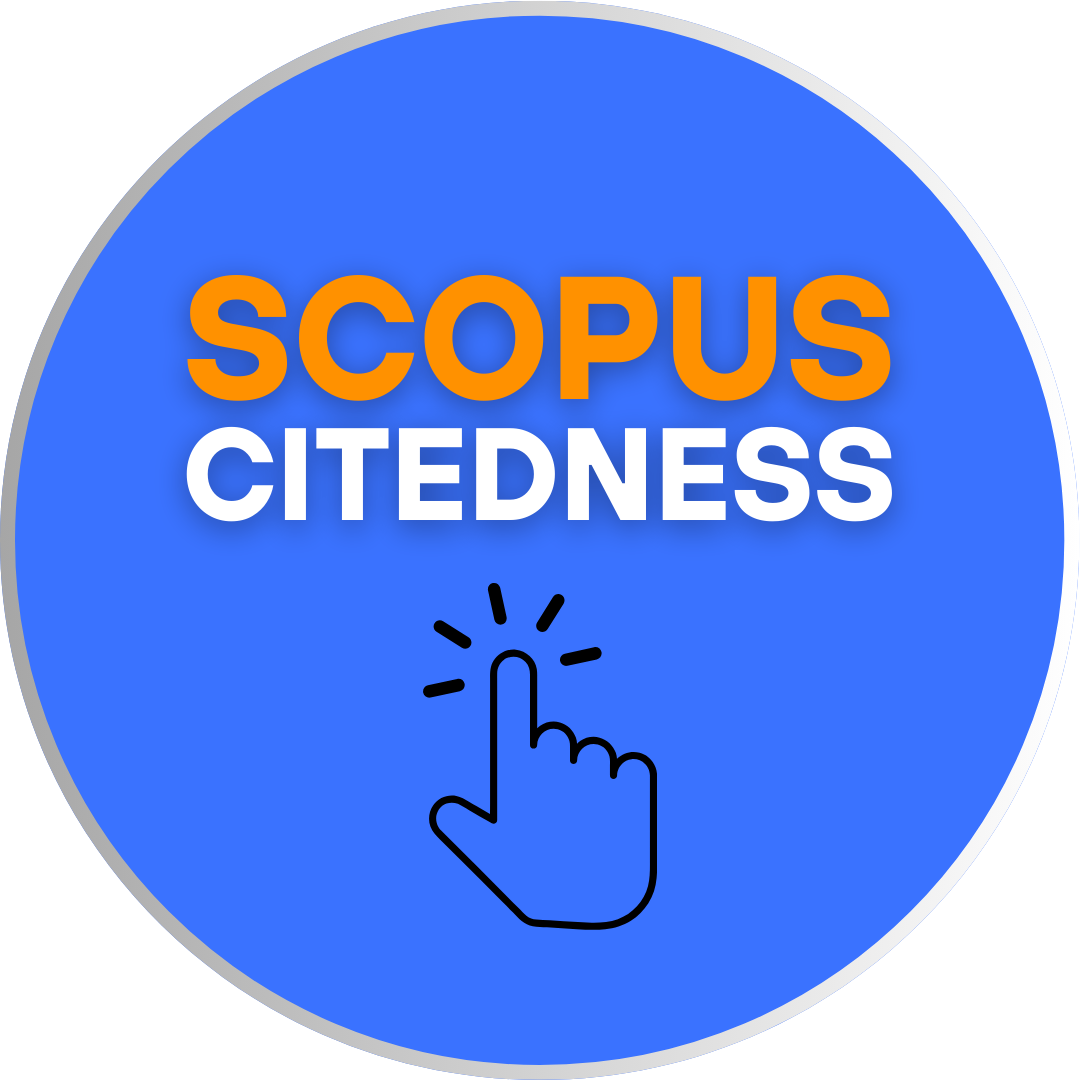Multimodal Discourse Analysis on Black Panther: Wakanda Forever Movie Poster
DOI:
https://doi.org/10.18592/let.v14i1.9384Keywords:
Black Panther, Multimodal Communication, Movie Poster, Visual Grammar, Representational MeaningAbstract
Communication strategies in the modern period have become progressively multimodal with technological advancement. Multimodal communication involves forming a meaning through several modes than just language. This includes verbal and non-verbal communication, such as movie poster. Movie poster is one of the most effective promotional techniques to introduce the movie to potential audiences. Movie posters feature verbal and visual language as communication modes that can be interpreted to a certain meaning, including the movie’s theme, plot, and message. The visual grammar theory by Kress and van Leeuwen (2006) propose metafunctions to analyze image, including representational meaning. In representational meaning, communication modes must be able to represent elements and their relations in a world outside of their representational system as perceived by people. This paper demonstrates how various modes in “Black Panther: Wakanda Forever” movie poster are integrated to represent meaning and symbolism in the movie through representational meaning.References
Ary, D., Jacobs, L. C., Sorensen, C., & Walker, D. A. (2012). Introduction to research in education (9th ed.). Wadsworth Cengage Learning.
Chandler, D. (2017). Semiotics: The basics. Routledge.
Creswell, J. W. (2014). Research design: Qualitative, quantitative, and mixed methods approaches (4th ed). SAGE Publications.
Duncan, I. (2007). Hanuman mahavirasvami. In The concept of hero in indian culture. Manohar Publishers & Distributors.
Fagerholm, C. (2009). The use of colour in movie poster design: An analysis of four genres.
Forrett, S. L. (2007). Movie poster advertisements: A relevance theory persepctive. CSUSB ScholarWorks.
Halliday, M. A. K. (1985). Introduction to functional grammar. Edward Arnold.
Hull, K., & Fergus, R. (2009). Eagles in mesoamerican thought and mythology. In Reitaku Review.
Iii, B. B. (2021). Black and african cultural influences on american pop culture. Syracuse University.
Jackson, L. (2018). Sekhmet & bastet: The feline powers of egypt. Avalonia.
Jansen, M. E. R. G. N. (2010). The historical profile of kukulcan. Acta Mesoamericana.
Kress, G., & Leeuwen, T. van. (2006). Reading images: The grammar of visual design (2e éd). Routledge.
Li, D. (2016). Multimodal discourse analysis of the interpersonal meaning of TV advertisements. International Journal of Social Science and Humanity, 6(12). https://doi.org/10.18178/ijssh.2016.V6.776
Oppenheim, A., Arnold, D., Arnold, D., & Yamamoto, K. (Eds.). (2015). Ancient egypt transformed: The middle kingdom. The Metropolitan Museum of Art.
Rondon, T. K., & Heberle, V. M. (2022). Marvel’s captain america civil war poster: An analysis based on the grammar of visual design. Revista X, 17(3), 726. https://doi.org/10.5380/rvx.v17i3.85250
Rosydin, M. A. (2018). A multimodal analysis on “13 Reasons Why" TV-series poster. Brawijaya University.
van Vuuren, C. J. (2012). Iconic bodies: Ndebele women in ritual context. South African Journal of Art History.
Downloads
Published
How to Cite
Issue
Section
License
Copyright (c) 2024 Lalu Angger Harjantoko, Patrisius Istiarto Djiwandono, Daniel Ginting

This work is licensed under a Creative Commons Attribution 4.0 International License.
Authors who publish with this journal agree to the following terms:
- Authors retain copyright and grant the journal right of first publication with the work simultaneously licensed under a Creative Commons Attribution License that allows others to share the work with an acknowledgement of the work's authorship and initial publication in this journal.
- Authors are able to enter into separate, additional contractual arrangements for the non-exclusive distribution of the journal's published version of the work (e.g., post it to an institutional repository or publish it in a book), with an acknowledgement of its initial publication in this journal.
- Authors are permitted and encouraged to post their work online (e.g., in institutional repositories or on their website) prior to and during the submission process, as it can lead to productive exchanges, as well as earlier and greater citation of published work.
LET (LINGUISTICS, LITERATURE, AND LANGUAGE TEACHING) http://jurnal.uin-antasari.ac.id/index.php/let/index licensed under a Creative Commons Attribution 4.0 International License.
















